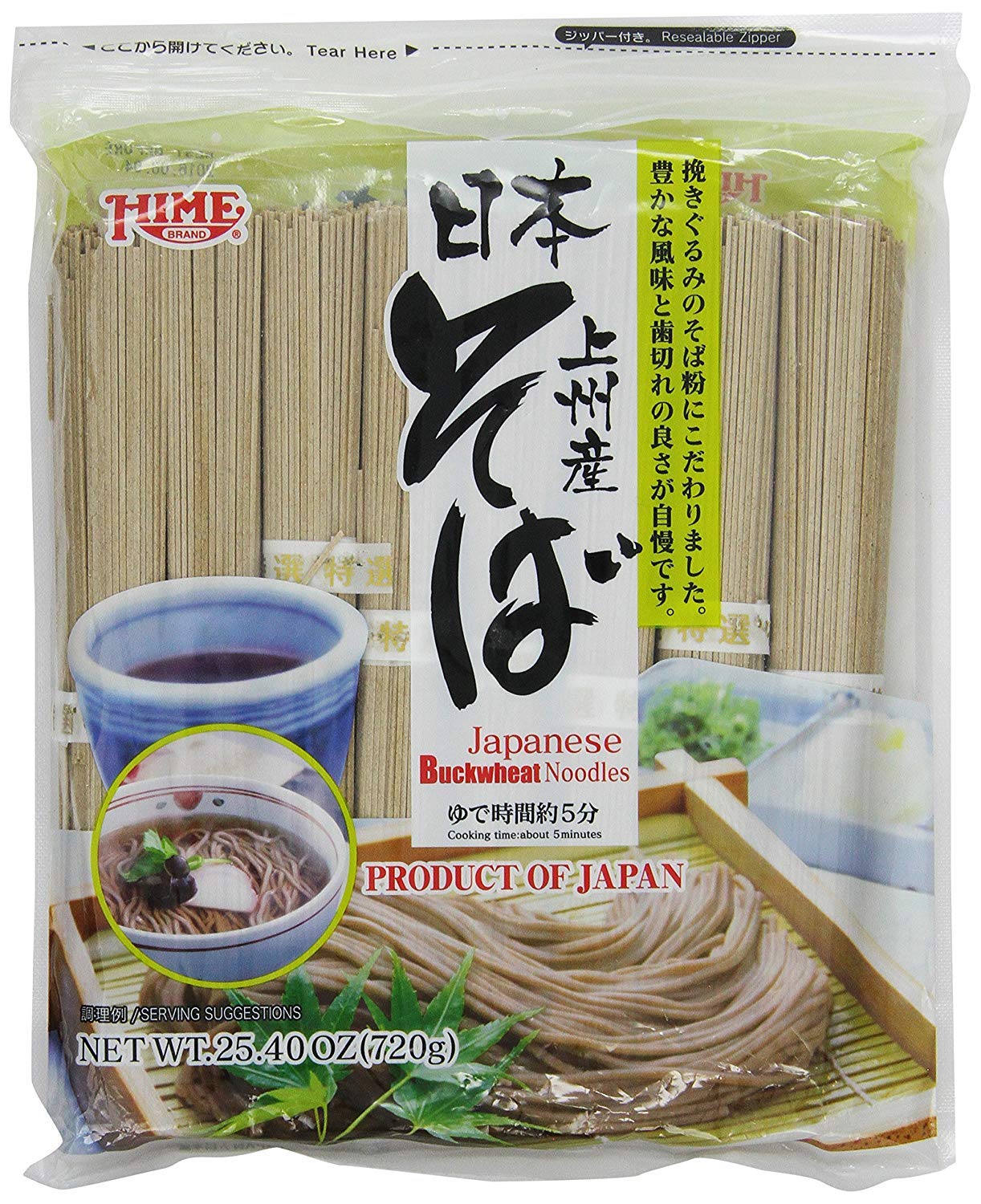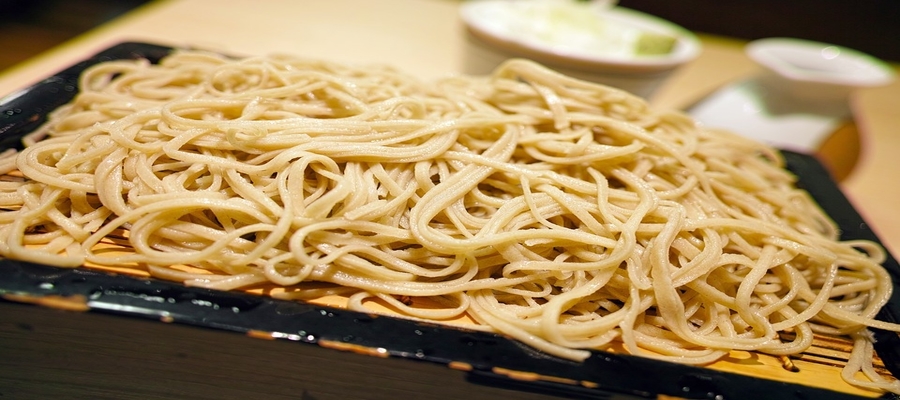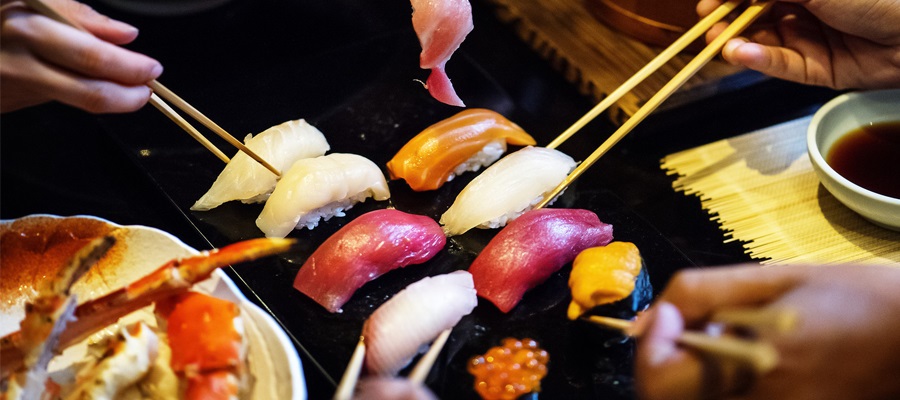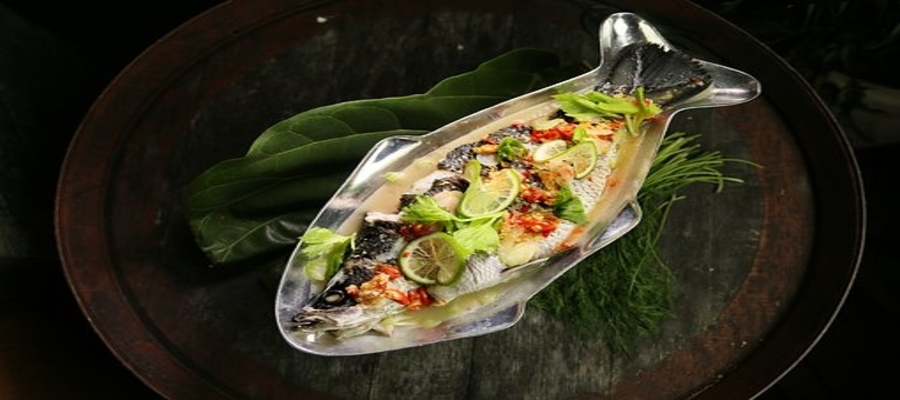Buckwheat noodles are also named as soba noodles. Soba noodles are a type of noodle that became desired in Japan during the late 1800s. Made from buckwheat flour, these noodles are normally cooked, rinsed and served cold with a variation of dipping sauces or in a hot, clear broth. Buckwheat noodles are fat- and cholesterol-free Moreover they are a vital source of nutrients like manganese, lean protein, carbohydrates, and thiamine. Since buckwheat does not accommodate gluten, buckwheat noodles are a good choice for people following a gluten-free diet. Noodles made with 20% wheat flour and 80% buckwheat are often called hachiwari. Wheat flour is often added to buckwheat flour in order to make buckwheat noodles.
How to Cook and Use Buckwheat Noodles?

The best way to cook packaged noodles can vary by brand, so we will tell you the instructions on the recipe. Hope you like it! Buckwheat noodles normally cook in about 10 minutes in boiling water. Stir them intermittently while cooking to prevent them from sticking together. Cook noodles so they’re tender but still solid and chewy. After cooking, pour noodles into a colander and clean them under cold running water to stop the cooking process, even if you thought on serving them in a hot dish. Soba noodles(Buckwheat noodles) are typically served chilled with dipping sauce, as well as in broths, soups, and salads tossed with vegetables and sesame dressing. In different countries, it’s traditional to serve the noodles cooking water, at the end of a meal, called sobayu. They are mixed with a leftover submerged sauce called tsuyu to drink as a tea. By this manner, you don’t miss out on nutrients that leach into the cooking water, such as vitamins B. In addition to this all, you can also use these noodles in your favorite Italian dishes flavored with tomatoes, basil, and garlic.
Health Benefits
Rich and Dr. Schapiro stated that buckwheat flour is a good source for nutrients like proteins, fiber, iron, carbohydrates and thiamine. These noodles are a great source of manganese. A small cup of cooked noodles boasts 426 micrograms, which aids 19 percent toward the manganese needs for men and 24 percent for women.


